Planning & Prep
How to Compost at Home: Step-by-Step Instructions + Tips
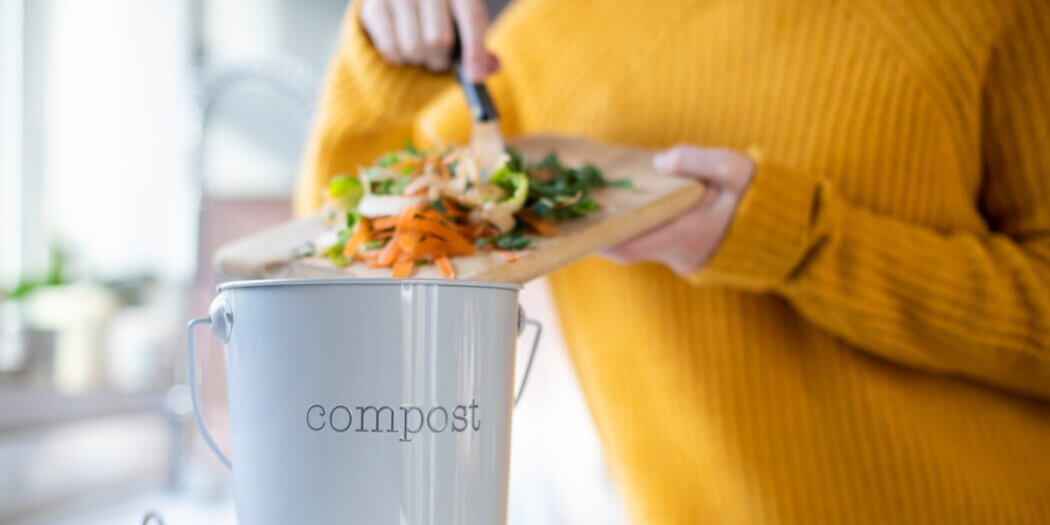
Composting at home is a great way to create nutrient-rich soil that can be donated or used in personal gardens. Creating your own compost pile can also help cut methane emissions otherwise generated in landfills.
However, composting is a balancing act; your compost mixture will only reap these benefits if done correctly. Instacart has put together the following guide to help guide you through the composting process.
What is compost?
Compost is a mixture of organic materials that slowly break down over time. Adding this mixture to soil provides the nutrients many plants need to grow. This decomposing process occurs naturally in the wild, but composting affords us a way to dispose of food scraps and other organic materials in a way that mimics this natural process.
Typically, compost consists of food scraps, yard waste, water, and other organic materials. Generally speaking, these items can be separated into three broad categories: greens, browns, and water.
Generally speaking, your compost mixture should use equal parts of greens and browns, layered in alternating sizes. Greens provide nitrogen to your mixture, while browns provide carbon. The water acts as an aid in the decomposition process.
Greens typically consist of organic materials; items like scraps of fresh fruits and vegetables, grass clippings, or coffee grounds. Browns consist of items like dead leaves, small tree branches, and twigs. Water should be added sparingly when your compost mixture becomes too dry to help it properly decompose.
What are the benefits of composting?
Leftover food and yard waste together make up over 30% of U.S. trash. Unfortunately, tossing these materials means losing the nutrients they can produce when composted. They also take up space in landfills and contribute to methane emissions. When composted, these materials can instead provide the following benefits:
- Enrich the soil the compost is added to, helping the soil to retain water and cut back on plant diseases and pests.
- Provide an alternative or supplement to chemical fertilizers.
- Provide an environment that encourages bacteria and fungi growth to help break down organic materials into useful materials.
- Lower your carbon footprint by reducing the methane emissions produced by each bag of trash tossed in a given household.
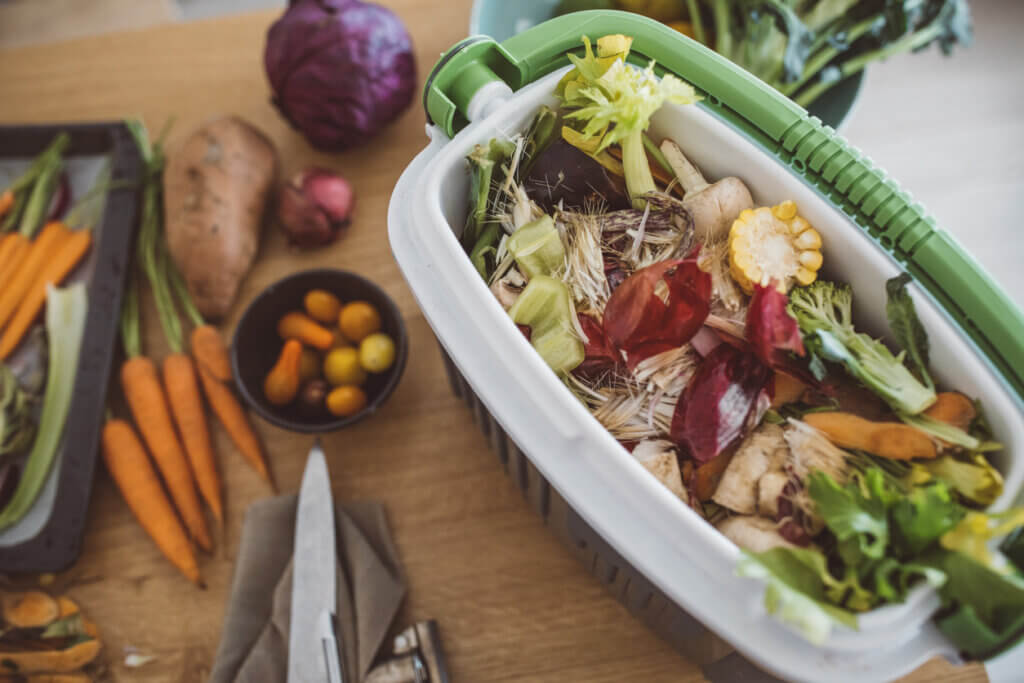
How to start a compost pile at home
Fortunately, composting for beginners presents just a few small hurdles to overcome. With the right preparation, you can start making quality compost in a short amount of time. This sort of project also requires little to no technology.
Step 1: Dedicate a space to your composting project
For starters, you’ll want to determine your composting space. This consideration will mainly depend on your living arrangement, lifestyle, and composting goals. For example, if you have a yard and live in a temperate climate, you can dedicate a portion of your land to creating a compost pile. Some people opt to fence in this area and toss their compost materials right onto the ground. You can create a large amount of compost by adopting this method.
Others may opt to compost inside due to space or environmental limitations. This option requires a container or composter that will hold the compost materials and can vary in size depending on your space and composting goals. You may not create as much compost with this option, but this may be ideal for those with minimal composting goals.
Step 2: Know what you can and can’t compost
Not all materials are ideal for including in your compost mixture. The following represents a list of common household and yard scraps ideal for composting.
Items to include in your compost mixture:
- Fruits
- Vegetables
- Leftover eggshells
- Nutshells
- Coffee grounds
- Coffee filters
- Used tea bags
- Shredded newspaper
- Paper
- Cardboard
- Grass clippings
- Twigs and branches
- Leaves
- Wood chips
- Hay or straw
- Cotton
- Sawdust
Not all organic materials or leftover food scraps should be composted. Some items may not generate the internal heat needed to kill off pathogens that may grow in your compost, while others may attract unwelcome pests into your yard or home. To avoid these, try to avoid the following items when mixing up your compost.
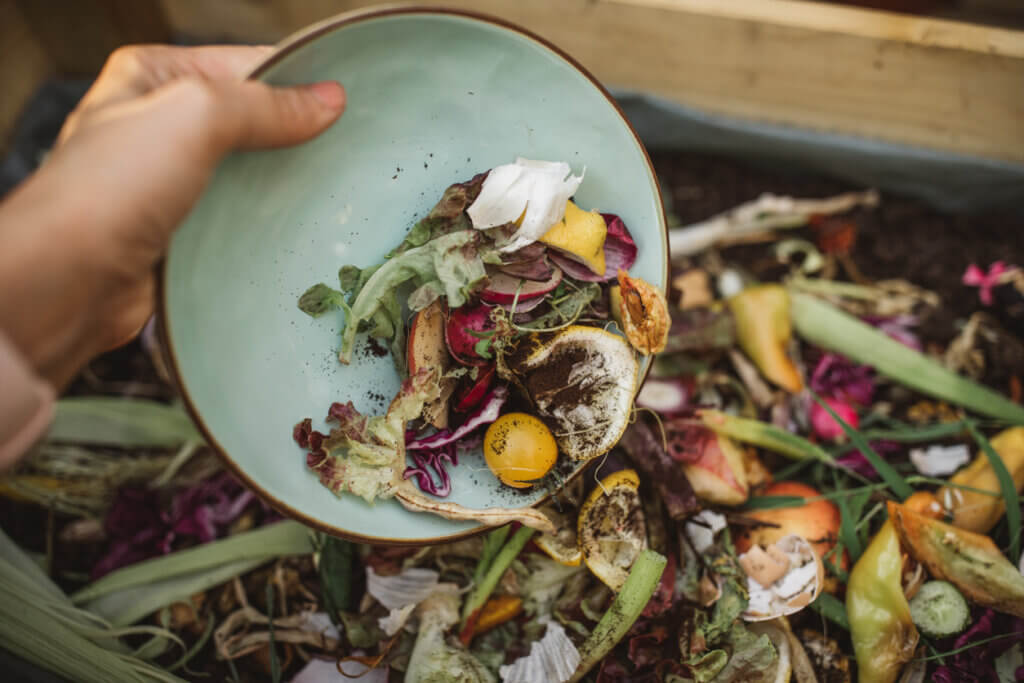
Items to avoid when mixing compost:
- Butter
- Milk
- Sour cream
- Yogurt
- Eggs
- Dairy products
- Fats like grease or lard
- Cooking oil
- Meat
- Bones
- Pet waste and litter
- Yard trimmings that contain chemical pesticides
- Black walnut leaves or twigs
- Coal
- Charcoal ashes
- Organic materials that are diseased or have insect infestations
3. Learn how to make compost mixtures
Once you have the composting basics down and have designated an area for your composting project, it’s time to start mixing up the materials.
One of the hurdles many people associate with composting is having a decomposing mass of materials in their immediate living area due to the look or smell. However, composting done right will not be an eyesore, nor will it create much of an odor. Follow the following list of tips to ensure your composting project goes smoothly:
Tips for mixing up your compost materials
- It’s important to keep a certain ratio of greens and browns in your compost pile at all times: you’ll want to add two to three parts of browns for every one part of greens added to your mixture. This ratio will produce an appropriate balance of carbon from the browns and nitrogen from the greens.
- To encourage the decomposition process to occur at the same rate throughout your pile, try to layer your materials within the compost pile.
- Ideally, the first layer should be made up of thick plant materials, like branches or twigs.
- Thinner plant materials should make up the second layer; think items like leaves, fruit and vegetable scraps, and grass clippings.
- Lastly, you can add soil or manure to provide microorganisms to the compost pile that will break down the first two layers.
- Aerate your compost pile! You can never add enough air to your compost pile, and mixing your pile often will help produce the pockets of air that are crucial in reducing odor.
- Make sure your larger items or scraps are sufficiently chopped or sliced down into smaller pieces so that they are easier to break down.
- Dry materials should be moistened with water before you add them to your compost pile. These items need not be soaking wet; aim for a slightly damp feel when wetting your dry materials. You can also add a lid, tarp, or some other cover over your compost pile to retain moisture.
- Try to bury fruit and vegetable waste around 10 inches into the compost pile to encourage the decomposition process and avoid any rotting odors that may arise when these items are left on the topmost level.
- Look for a deep, rich brown to form toward the bottom of your compost pile. This is a sign that this layer is sufficiently decomposed and is ready for use in your soil.
Final thoughts on composting at home
Limit food waste by planning ahead. Use Instacart to formulate your grocery necessities and have everything delivered right to your front door! Just fill your cart and choose same-day delivery or pick up at check out.
Starting your compost pile at home comes with a number of benefits and doesn’t require too much prep work. Once you’ve got the basics down, you can start a compost pile at any time and use the rich soil to improve your home garden.
Most Recent in Planning & Prep

Planning & Prep
Guide to Grocery Delivery for Seniors
Hot and cold food products, ready-to-eat meals and personal care and health products should be available to everyone — including those who can’t make it to the store themselves. As you enter your golden years,…...
Apr 10, 2024![Guide to Vacation Grocery Delivery Services [Tips, Tricks & More]](https://www.instacart.com/company/wp-content/uploads/2024/01/vacation-grocery-delivery-hero-447x224.webp)
Planning & Prep
Guide to Vacation Grocery Delivery Services [Tips, Tricks & More]
Gearing up for a vacation is no easy feat. From packing suitcases, arranging travel plans and building an itinerary, grocery shopping is the last thing you should worry about. That’s where vacation grocery delivery comes…...
Jan 23, 2024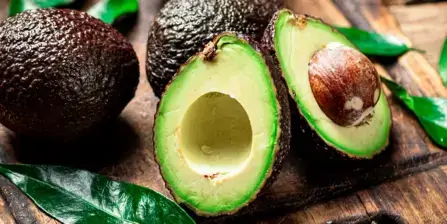
Planning & Prep
How To Ripen Avocados: Quick & Easy Tips
Avocados have a creamy texture and rich flavor, making them one of the most delicious fruits to eat by themselves or in classic dishes. From guacamole for game day to avocado BLTs for lunch on…...
Jan 23, 2024

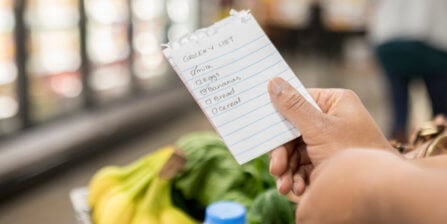 17 Grocery List Categories to Make Shopping Easy
17 Grocery List Categories to Make Shopping Easy 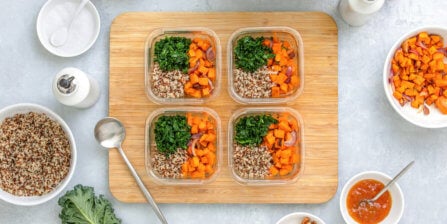 How to Meal Plan: Step-by-Step Guide to Meal Planning
How to Meal Plan: Step-by-Step Guide to Meal Planning  How To Read Food Labels: Guide to Nutrition Labels
How To Read Food Labels: Guide to Nutrition Labels 

